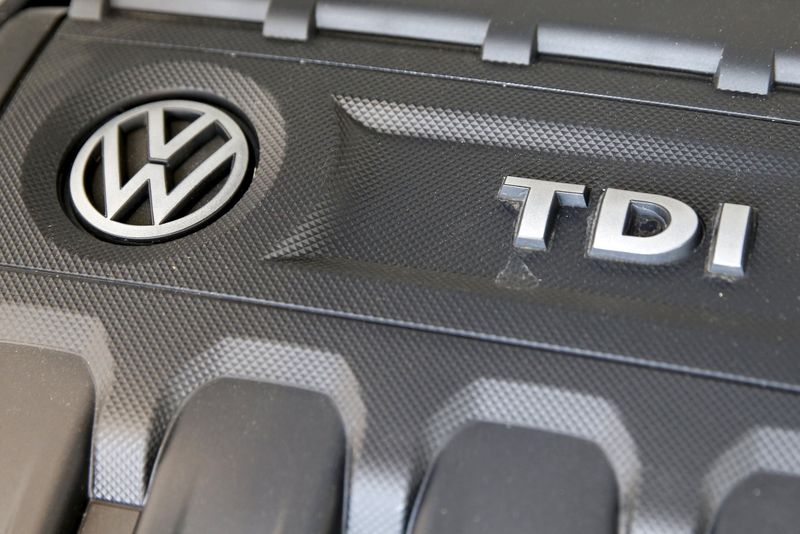Volkswagen's Scout Motors Sees Rising Demand for Hybrid Vehicles Compared to All-Electric Cars
Volkswagen AG-backed Scout Motors, a car manufacturer specializing in electric SUVs and pickups, has reported an increase in demand for gasoline hybrid models compared to its purely electric vehicles. Initially designed as a fully electric brand, Scout responded to decreasing consumer interest in electric vehicles in the U.S. by introducing plug-in hybrid versions of its two models (Traveler SUV and Terra pickup) in October. These hybrid models are set to be released in 2027.
Scout's CEO, Scott Keogh, announced that reservations for hybrid variants have now surpassed those for purely electric vehicles. Keogh attributes this trend to some American consumers' resistance to electric vehicles and concerns about the availability of charging stations. In an interview with Bloomberg TV's Ed Ludlow at CES, formerly known as the Consumer Electronics Show, on Tuesday in Las Vegas, he stated that hybrid models offer a solution to these challenges.
The hybrid technology used by Scout is known as extended-range electric vehicle (EREV) technology. In this system, the gasoline engine acts as a generator that charges the battery instead of directly driving the wheels. This design allows Scout's hybrid models to travel over 500 miles without refueling, presenting a significant advantage compared to the 350-mile range of purely electric variants.
EREVs are gaining popularity in China, the world's largest electric vehicle market, and will make their debut in the U.S. this year with Chrysler's parent company Stellantis NV's Ramcharger pickup model.
In 2022, Volkswagen announced plans to revive and electrify the classic American Scout brand, last sold in 1980. The German automaker acquired the Scout name rights when it purchased Navistar in a deal completed in 2021.
As part of its investment in Scout, Volkswagen is building a $2 billion factory in South Carolina. According to Keogh, minimal modifications are needed to accommodate the production of EREVs at this facility.


